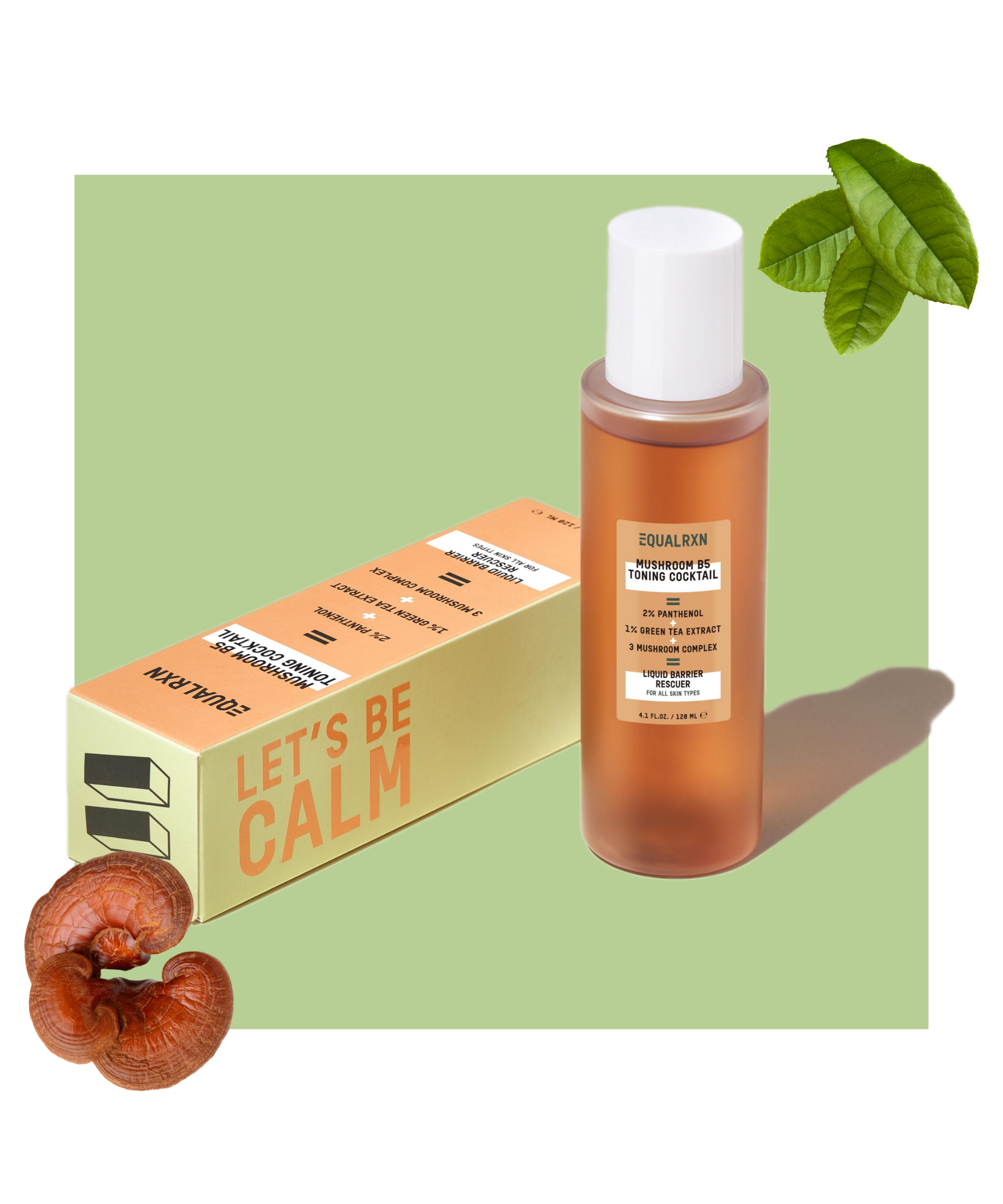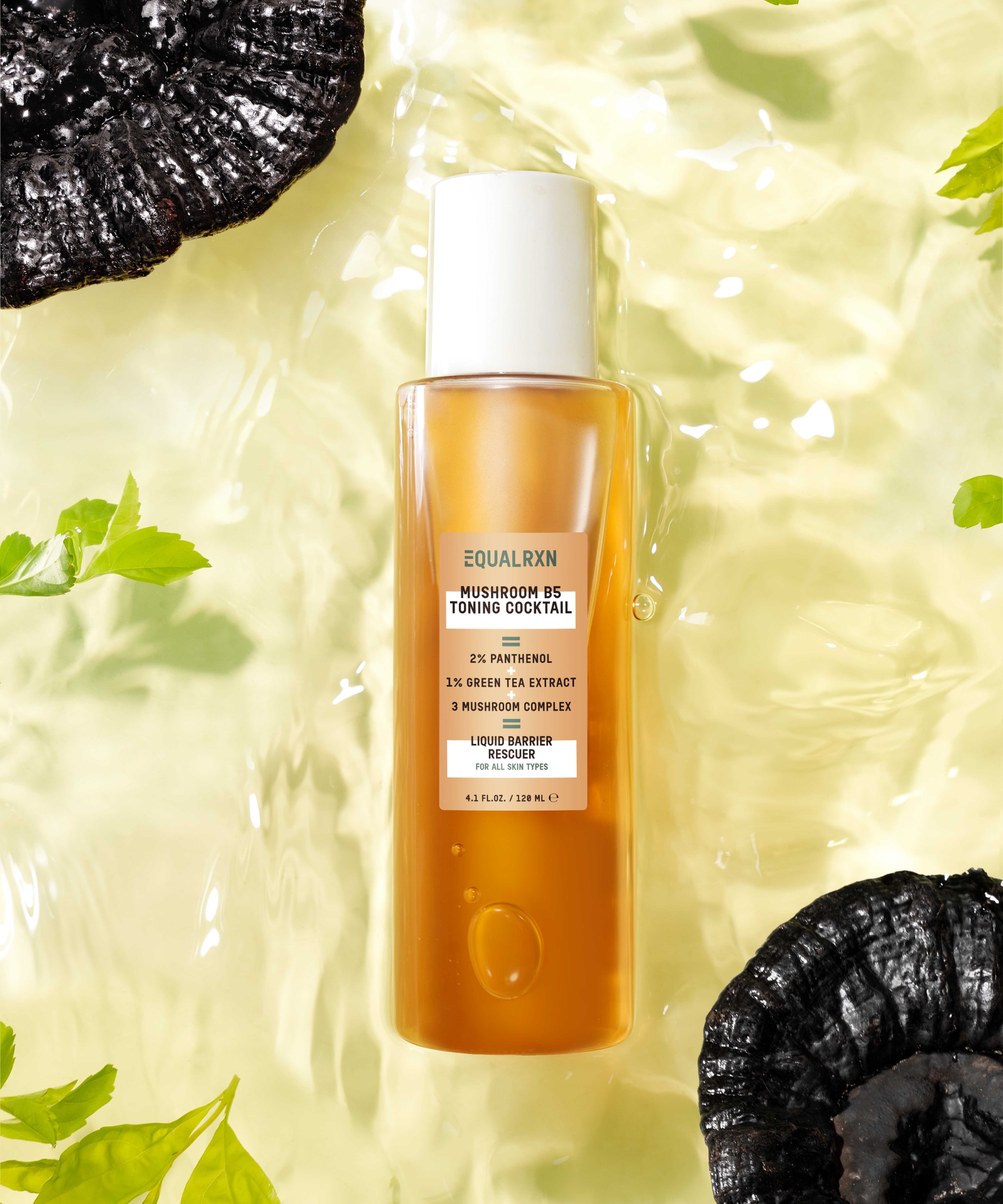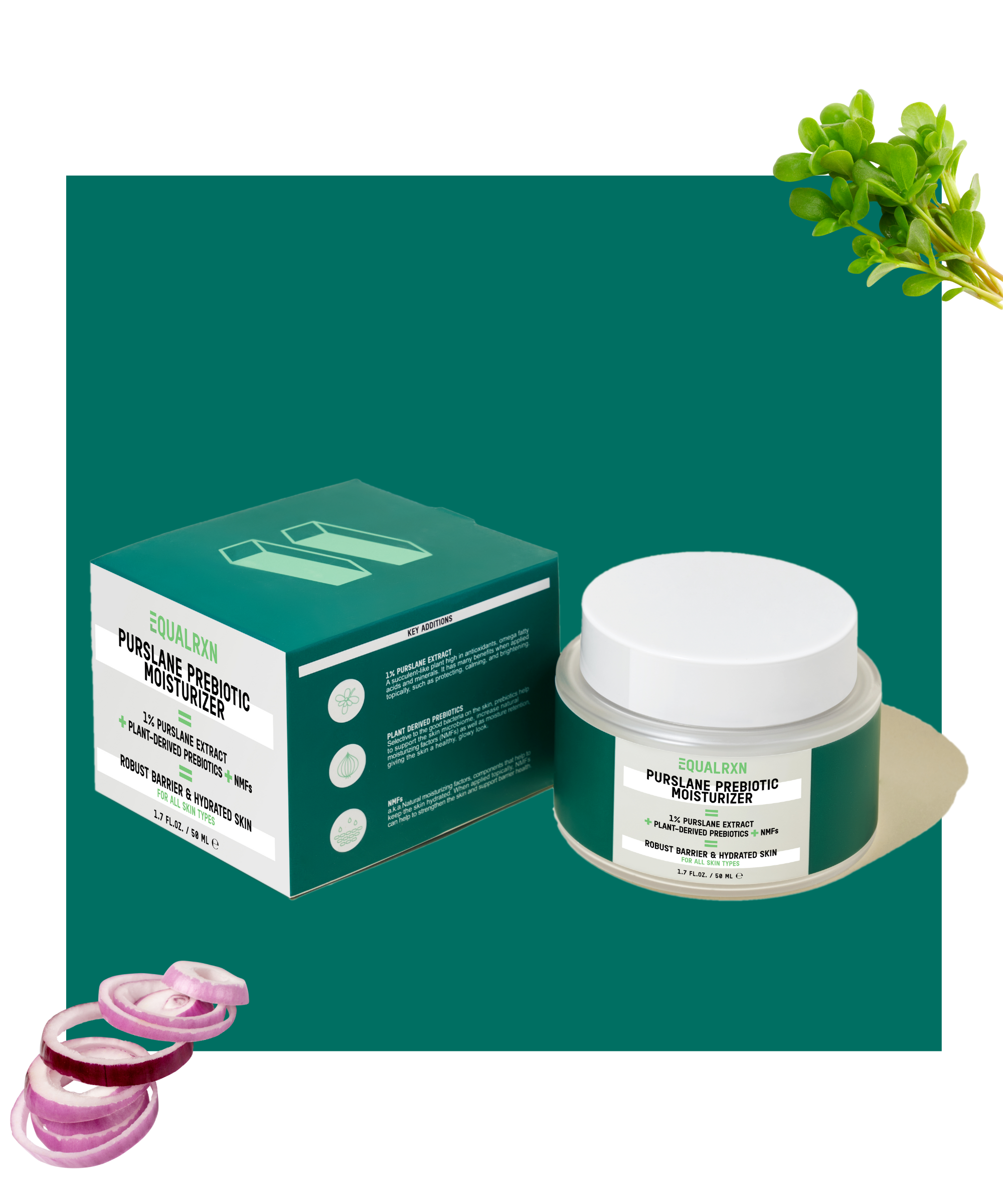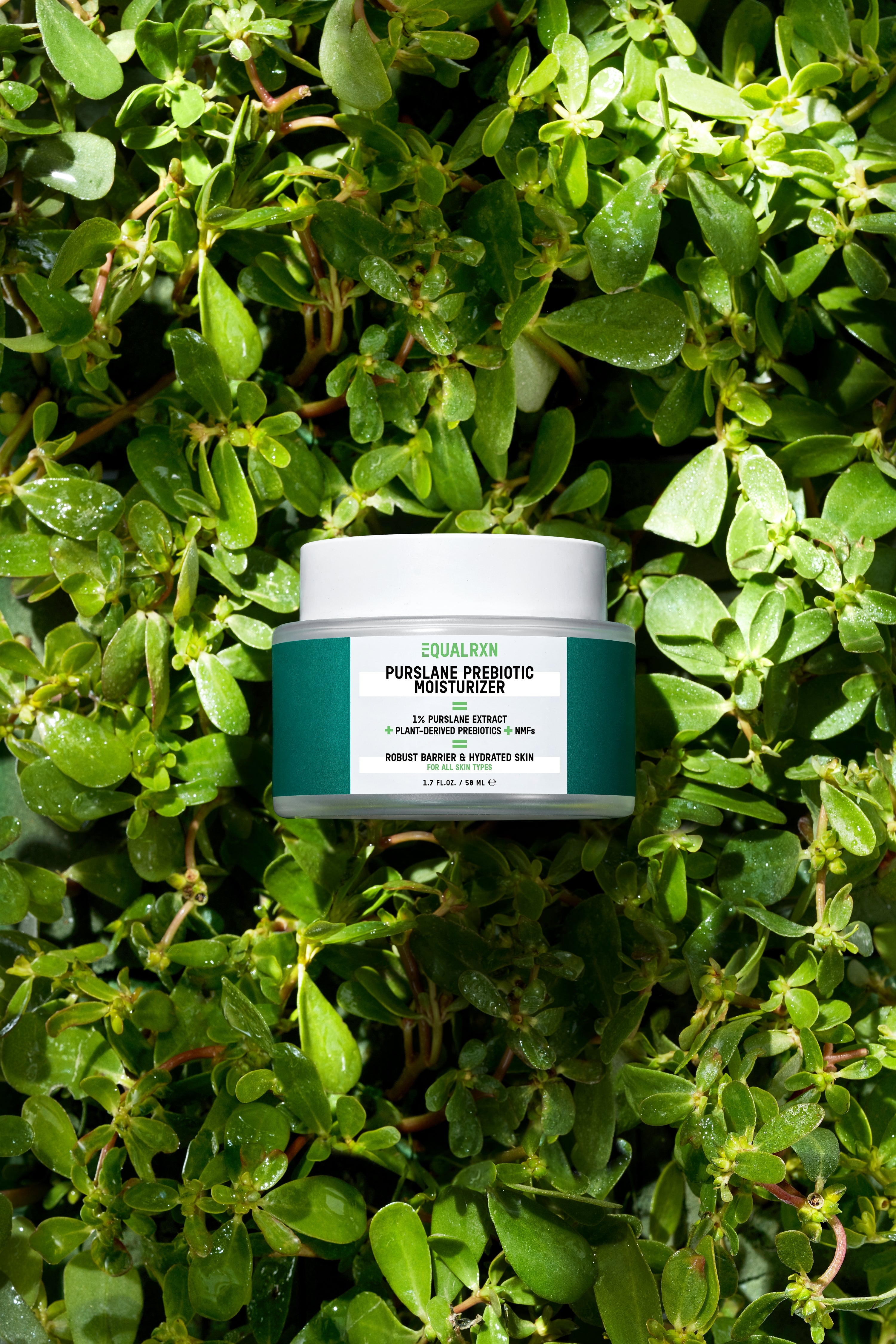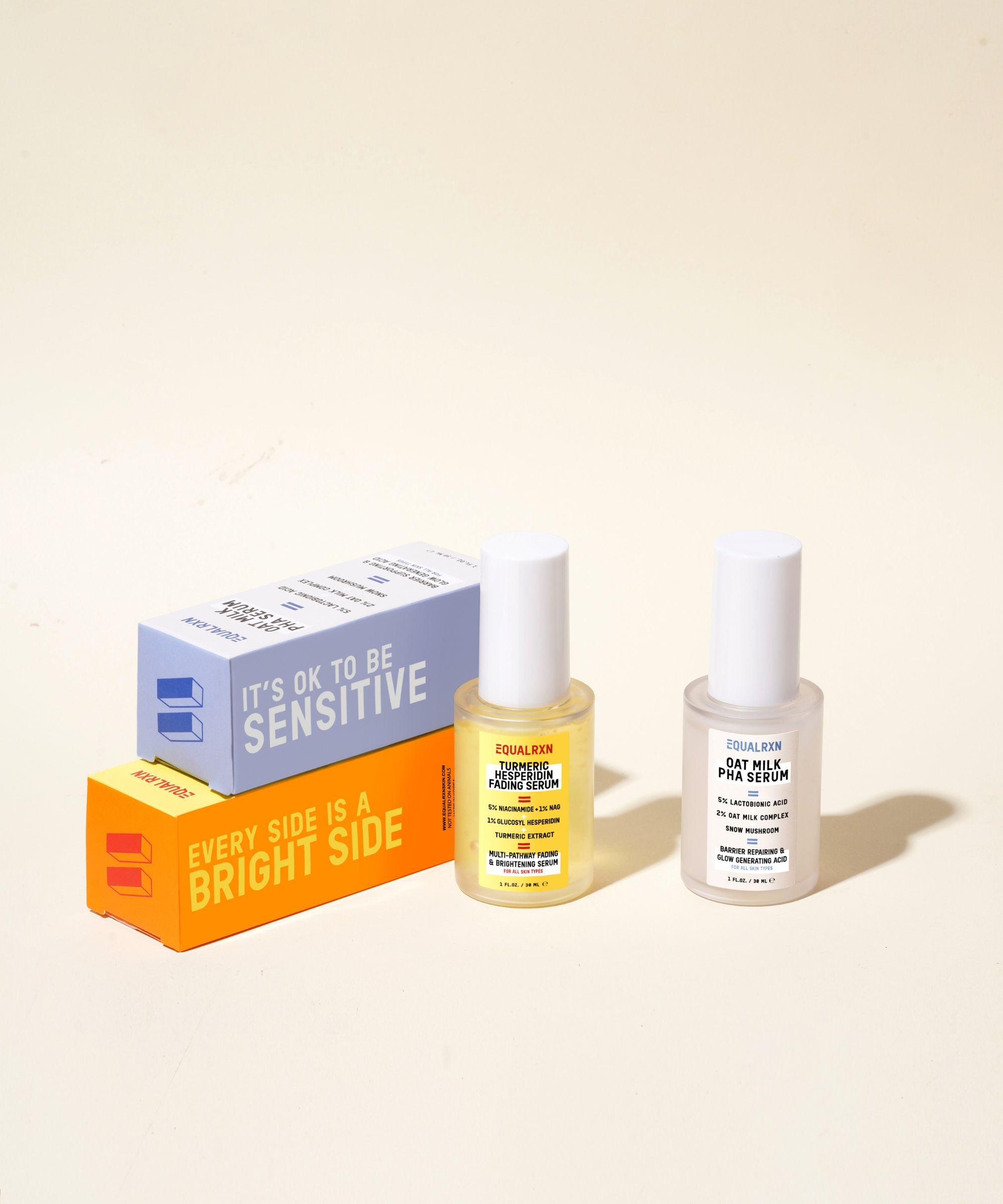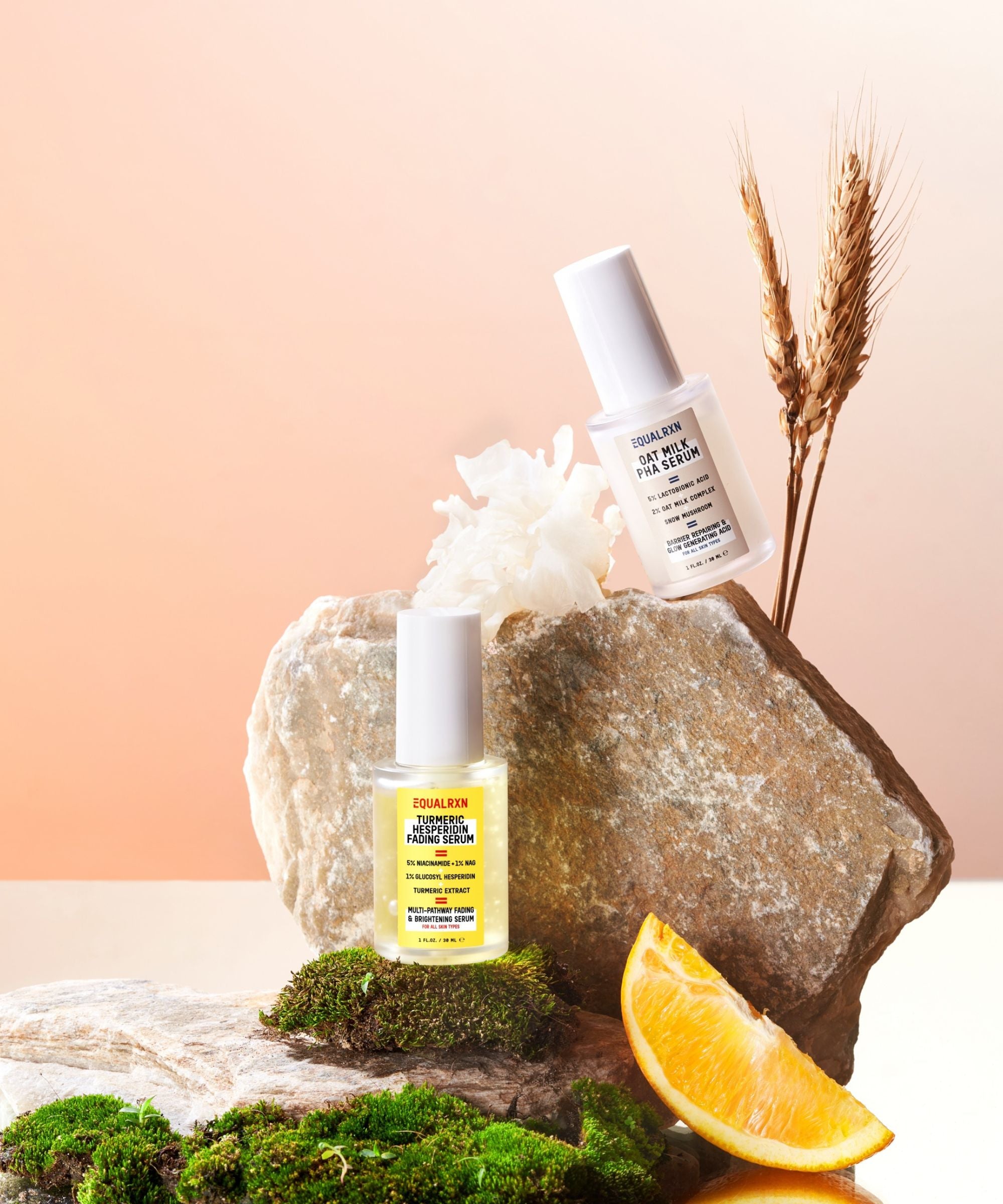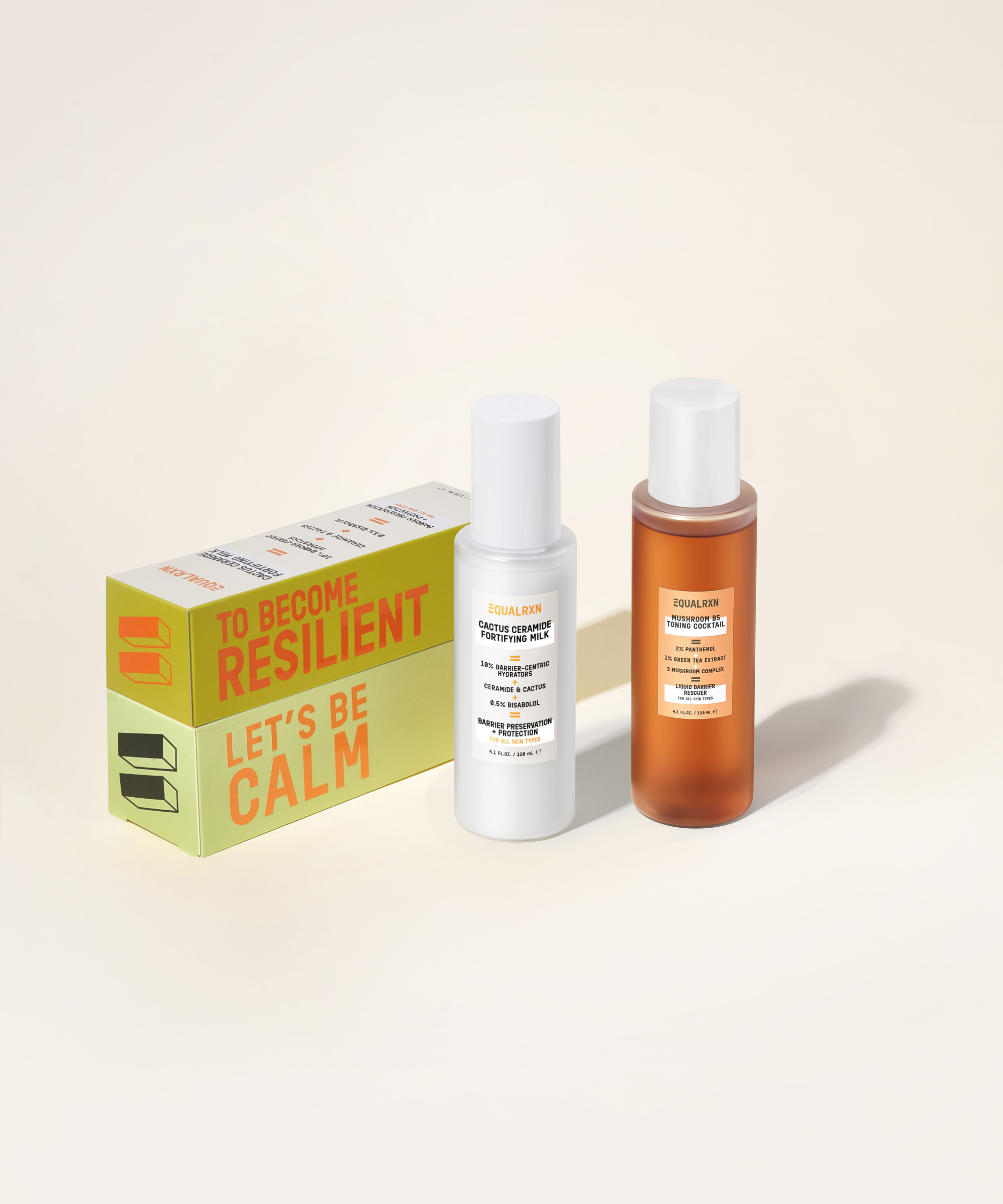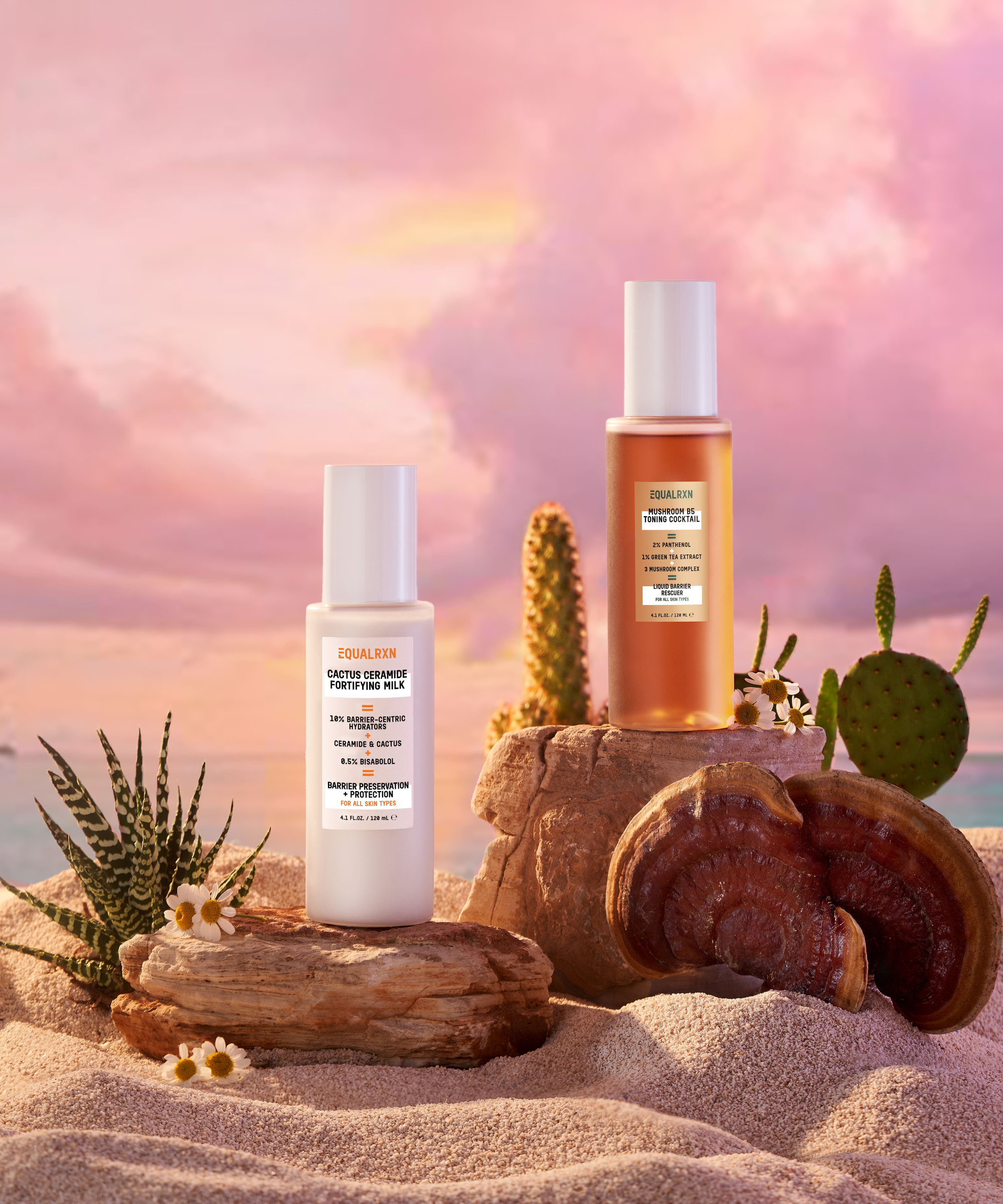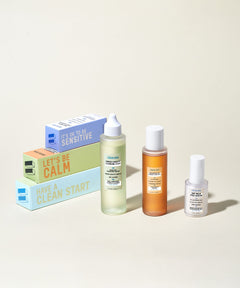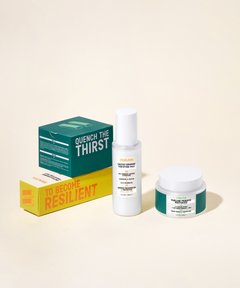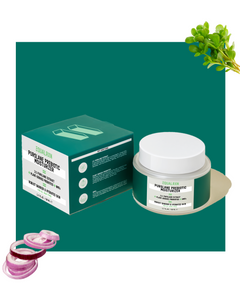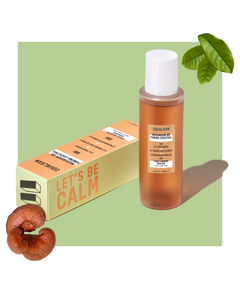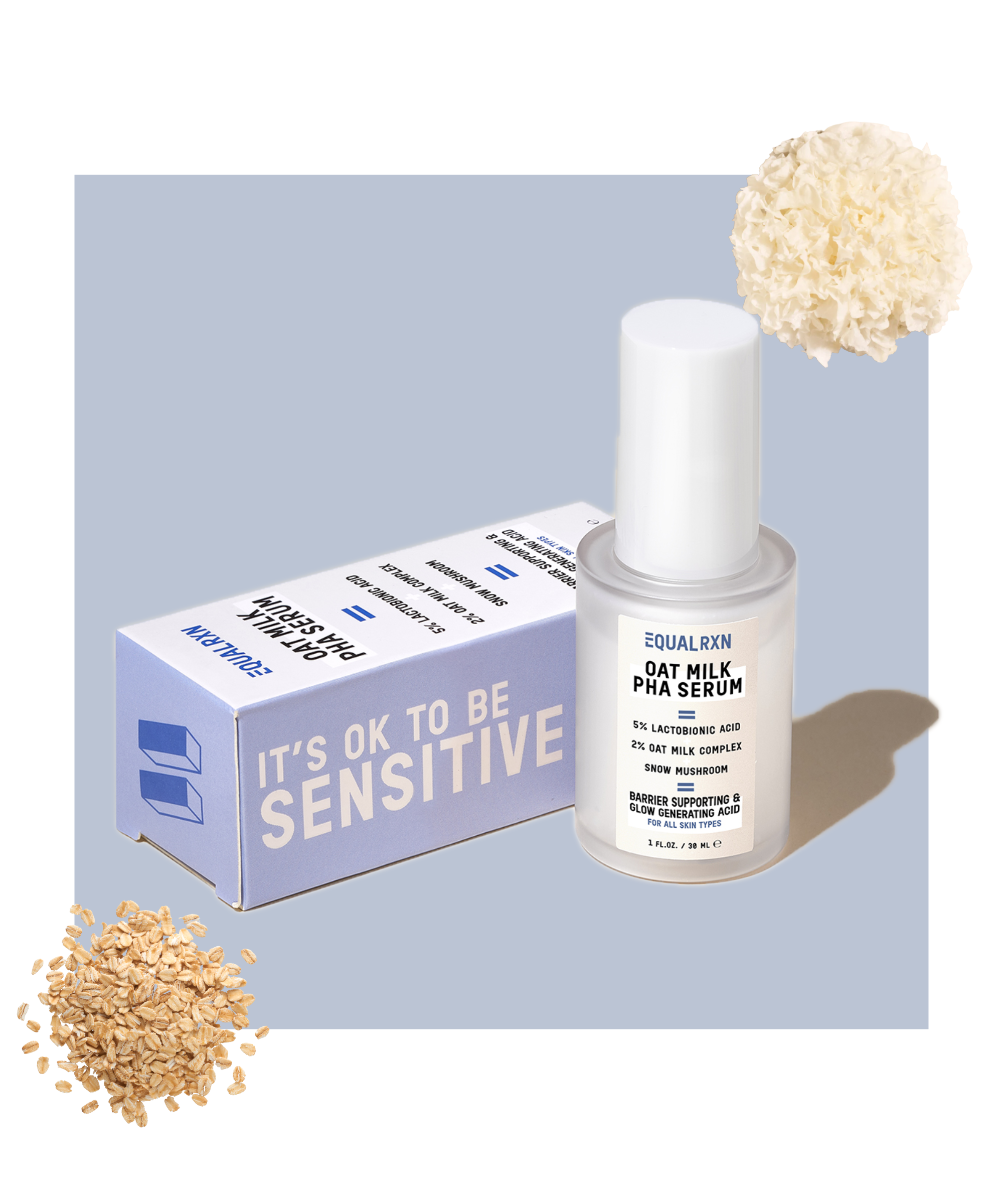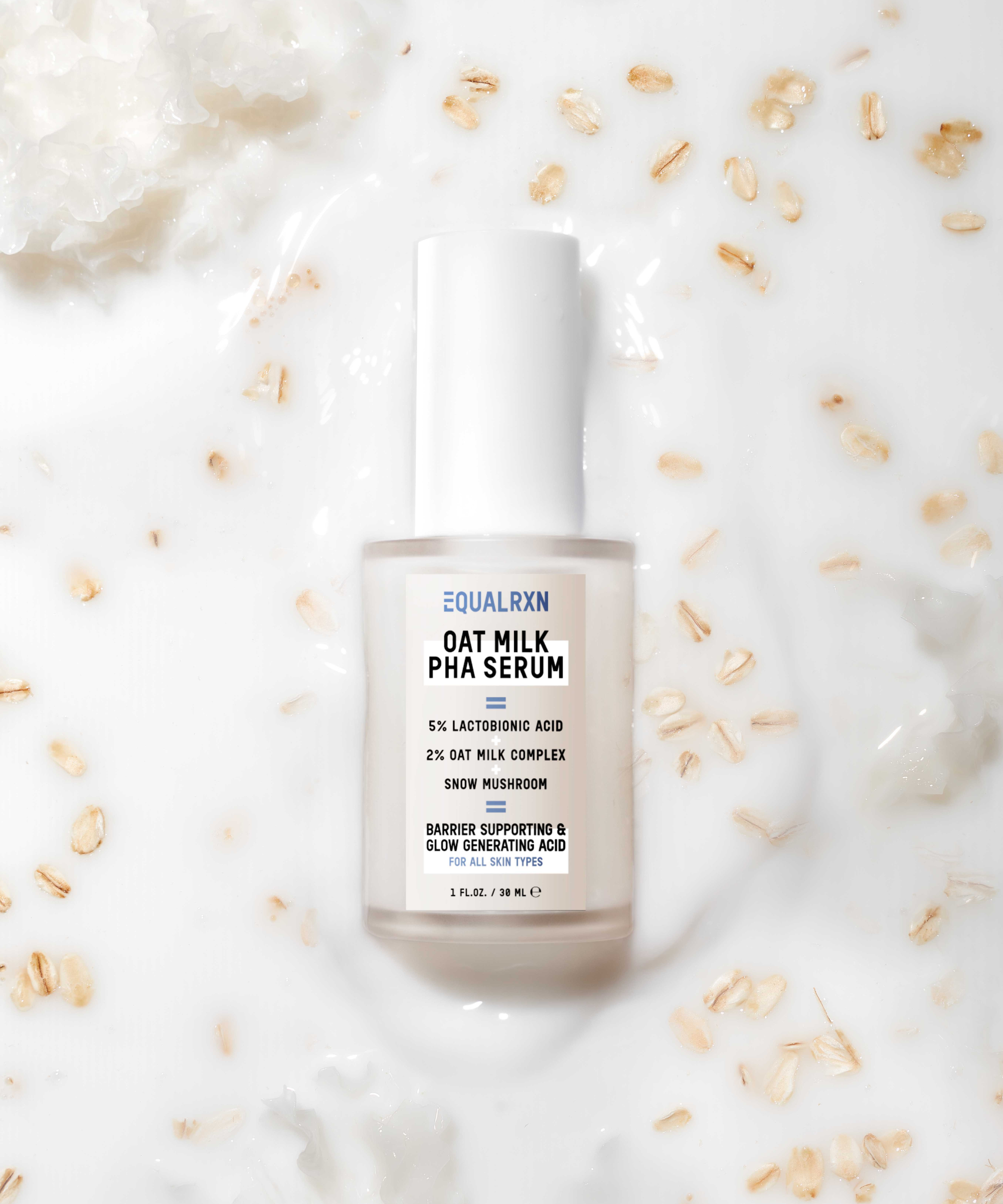What is Butyrospermum Parkii (Shea) Butter?
Butyrospermum Parkii (Shea) Butter is a natural fat derived from the nuts of the African shea tree, renowned for its moisturizing properties. Widely used in skincare products, it hydrates and nourishes the skin, offering emollient benefits and soothing qualities, making it popular for addressing dryness and sensitivity.
How does this ingredient work in skincare?
In skincare, Butyrospermum Parkii (Shea) Butter functions through its unique composition of fatty acids, vitamins, and antioxidants. Its high concentration of fatty acids, such as oleic, stearic, and linoleic acids, forms a protective barrier on the skin's surface, sealing in moisture and preventing transepidermal water loss. This barrier function helps to hydrate and soften the skin, improving its overall texture and elasticity. Additionally, shea butter contains vitamins A and E, which have antioxidant properties that protect the skin from oxidative stress caused by free radicals, thereby reducing the signs of aging and promoting skin health. Furthermore, shea butter possesses anti-inflammatory compounds, such as cinnamic acid derivatives, which help soothe irritation and calm sensitive or inflamed skin conditions.
How does this ingredient compare to others?
In comparison to other moisturizing ingredients commonly used in skincare, Butyrospermum Parkii (Shea) Butter stands out for its unique combination of properties. While ingredients like glycerin and hyaluronic acid primarily focus on attracting and retaining moisture in the skin, shea butter goes a step further by forming a protective barrier that helps seal in moisture and prevent dehydration. Additionally, unlike occlusive agents such as petroleum jelly or mineral oil, shea butter is non-comedogenic and less likely to clog pores, making it suitable for a wider range of skin types, including oily and acne-prone skin. Moreover, shea butter offers additional benefits beyond hydration, such as antioxidant and anti-inflammatory properties, which contribute to overall skin health and can help address various skin concerns.
Potential benefits of this ingredient for the skin
Butyrospermum Parkii (Shea) Butter offers several potential benefits for the skin:
- Intense Hydration: Its rich emollient properties deeply moisturize the skin, helping to replenish and retain moisture for a smooth and supple complexion.
- Nourishment: Shea butter is packed with vitamins, including A and E, as well as essential fatty acids, which nourish the skin and support its natural barrier function, promoting overall skin health.
- Protection: The occlusive barrier formed by shea butter helps shield the skin from environmental stressors, pollutants, and harsh weather conditions, reducing the risk of moisture loss and damage.
- Soothing Relief: Shea butter contains anti-inflammatory compounds that soothe and calm irritated or sensitive skin, making it beneficial for addressing issues such as redness, itching, and inflammation.
- Anti-Aging Effects: The antioxidant properties of shea butter help neutralize free radicals, which can contribute to premature aging, helping to minimize the appearance of fine lines, wrinkles, and other signs of aging.
Products we use this ingredient in
Oat Milk PHA Serum
References
- Sarruf, Fernanda D et al. “Butyrospermum parkii butter increased the photostability and in vivo SPF of a molded sunscreen system.” Journal of cosmetic dermatology vol. 19,12 (2020): 3296-3301. doi:10.1111/jocd.13429
- Andersen, P.H., Bjerring, P. (1990). A Comparative Evaluation of Sun Protective Properties of a Shea Butter by Reflectance Spectroscopy, Laser Doppler Flowmetry and Visual Scoring. In: Galli, C.L., Hensby, C.N., Marinovich, M. (eds) Skin Pharmacology and Toxicology. NATO ASI Series, vol 181. Springer, Boston, MA. https://doi.org/10.1007/978-1-4684-7902-7_17

